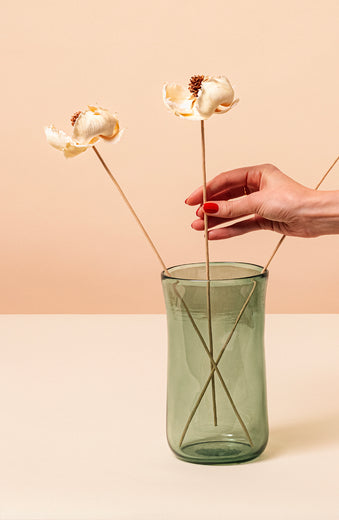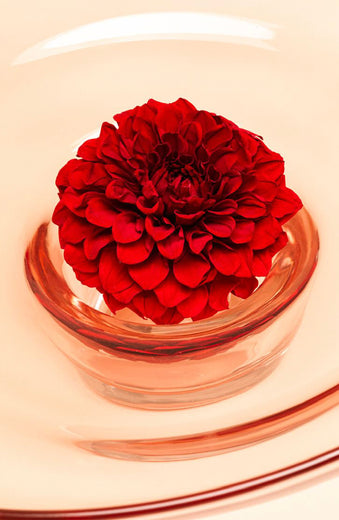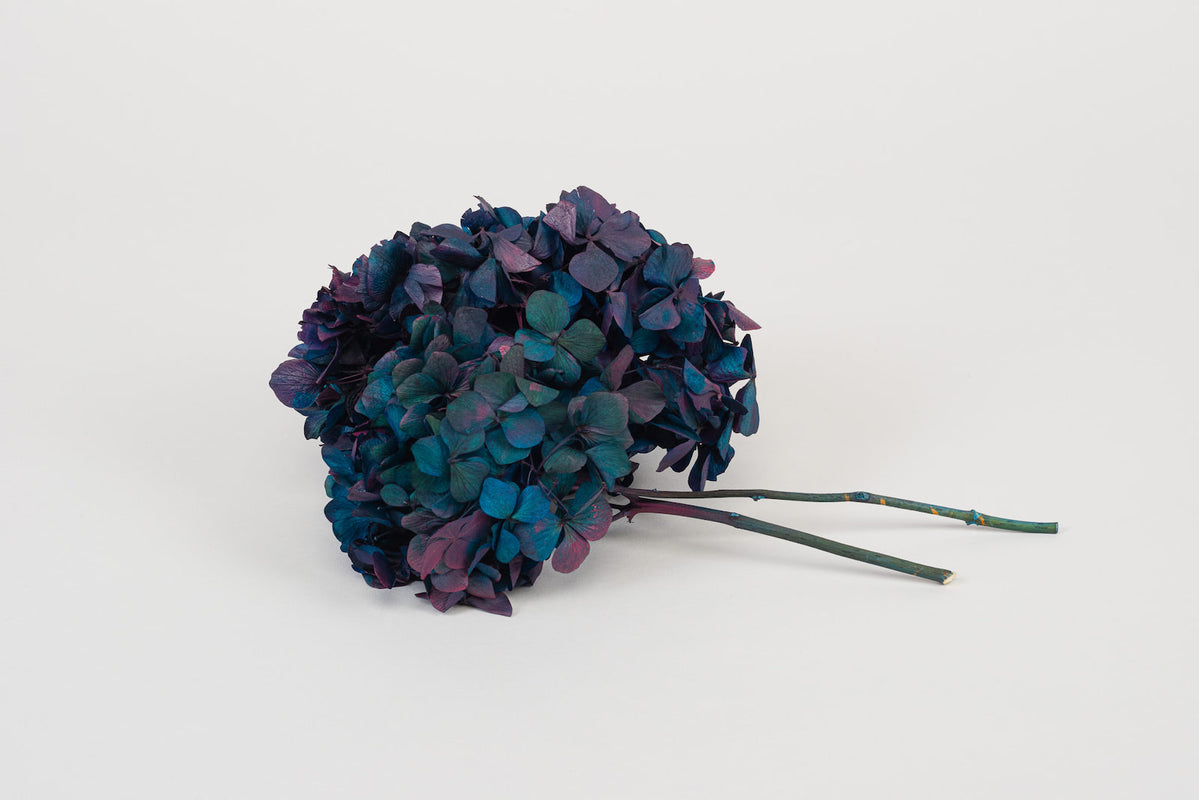The preserved rose is a product that has become very popular in recent years, thanks to its long life which makes it a gift of great symbolic value.
The preservation process, however, is performed on all types of flowers, which are "crystallized" in their moment of maximum luxuriance and splendour. For example, you can find flowers like hydrangea, lavender and preserved sunflower, or plants like preserved fern.
A stabilized flower lasts at least 50 times longer than a fresh flower.
Preservation: a natural and ecological choice
The preservation process requires between 7 and 20 days and must be performed exclusively on very fresh products, which is why the stabilization companies are generally close to the harvesting places.
To obtain quality preserved flowers , it is necessary not to use chemical products, which would alter their appearance, but only insecticides and herbicides of natural origin. Once cut, the flowers are placed in tanks with a 100% natural solution based on glycerin, water, substrate and food colouring. The sap and water contained in the flower evaporate, to make room for the preserving liquid and transform the flower into an (almost) permanent memory.
Why it is better to choose preserved flowers
- Flexibility of work : you can create without having to adapt to the times of cut flowers (nor to their needs, such as temperature, humidity level, logistics);
- You can choose the products in advance and keep them, without surprises;
- Stable prices throughout the year, with no increases related to holidays or special occasions;
- Zero maintenance , just a few attentions to preserve its characteristics.
Is it possible to use preserved flowers for arrangements?
Sure, and it's also a realistic alternative to using artificial flowers and cheaper than traditional flowers. If treated with care and attention, stabilized flowers can be reused for multiple arrangements, with great advantages in terms of cost optimization.
The same goes for small stabilized flowers , such as those with small buds or similar to the so-called mist , because they can be divided and reconfigured according to your needs, to create clouds and compositions combined with large flowers such as hydrangeas and pendants such as amaranth .
Another highly requested product for furnishings and fittings is preserved moss , available in a lichen or turf panel version. Used to decorate walls, it creates a green corner of great impact. Being a natural product, the preserved flowers may change their color slightly over the months. This feature makes the set up even more interesting, because it makes it changeable and never static.
How to take care of preserved flowers
Preserved flowers react differently to time, as there are several factors that influence their yield over time: some flowers will tend to change their color and others will tend to wrinkle.
Preserved flowers , unlike fresh flowers, require very little maintenance, as neither pruning nor watering are necessary. All they need are a few tweaks:
- Do not expose preserved plants and flowers to direct sunlight;
- Don't touch them excessively, so they will hold their position;
- Store below 70% humidity;
- Do not water;
- Use them indoors only;
- Do not place them near heat sources such as fireplaces, radiators, stoves.



